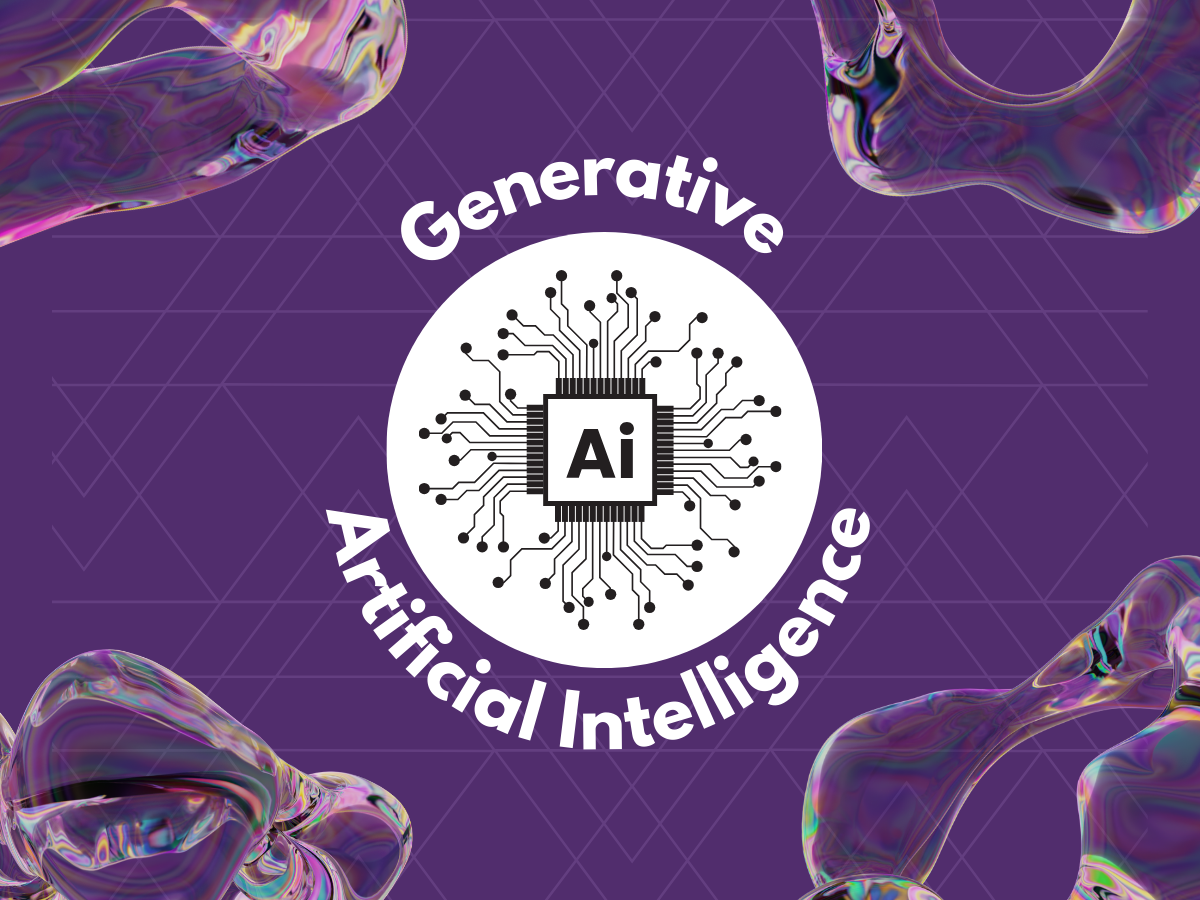Having conversations with students can help them understand how these tools could contribute or limit their learning. Consider engaging your students in talking about and reflecting on topics such as tool limits, appropriate uses, and ethical considerations. Here are some thoughts on how to approach these and other topics.
Tool Limits
- Explain the capabilities and limitations of generative AI tools, highlighting how they are being used to assist and augment human intelligence rather than replace it.
- Discuss the potential errors, biases, or inaccuracies that can arise from AI-generated content and emphasize the importance of critical thinking and verification when using such tools.
Appropriate Uses
- Guide students on the appropriate contexts and assignments where generative AI tools can be used effectively, such as brainstorming, generating ideas, drafting, compiling research, or exploring different perspectives.
- Encourage students to consider the strengths and weaknesses of AI-generated content compared to human-generated content in specific situations.
- Discourage student use of AI tools that circumvents learning opportunities for the sake of efficiency.
Ethical Considerations
- Initiate discussions about ethical implications of using generative AI tools, including issues related to intellectual property, plagiarism, misinformation, and privacy.
- Engage students in conversations about broader ethical considerations related to AI, such as algorithmic bias, fairness, transparency, and the potential impact on society.
- Encourage students to reflect on responsible AI use, respecting copyright laws, properly attributing sources, and protecting personal data and privacy when utilizing AI tools.
- Encourage critical examination of AI technologies and their societal implications, fostering discussions on topics like social justice, bias mitigation, and responsible AI development.
- Facilitate discussions about the AI experts/creators warning about the risk and threats to society posed by these tools.
Inclusion
- Promote inclusivity by acknowledging that not all students may have equal access to or familiarity with generative AI tools.
- Provide alternative options and resources for students who may not feel comfortable or have access to these tools, ensuring an equitable learning experience.
Create a Safe Learning Environment
- Foster an open and non-judgmental classroom environment where students feel comfortable discussing their questions, concerns, and perspectives on generative AI tools.
- Encourage respectful dialogue and diverse viewpoints, recognizing that ethical discussions may involve differing opinions and cultural perspectives.
Environmental Impact
- Raise awareness of the environmental impact associated with AI technology, as these tools consume significant computational resources, which in turn need significant electricity.
- Encourage students to use generative AI tools judiciously, emphasizing the importance of minimizing unnecessary use to reduce energy consumption, carbon footprint, e-waste pollution, and exploitation of vulnerable communities.
You don’t need to be an expert on AI tools prior to engaging students in these conversations. By learning alongside students, you model how to approach a new tool in your discipline.

